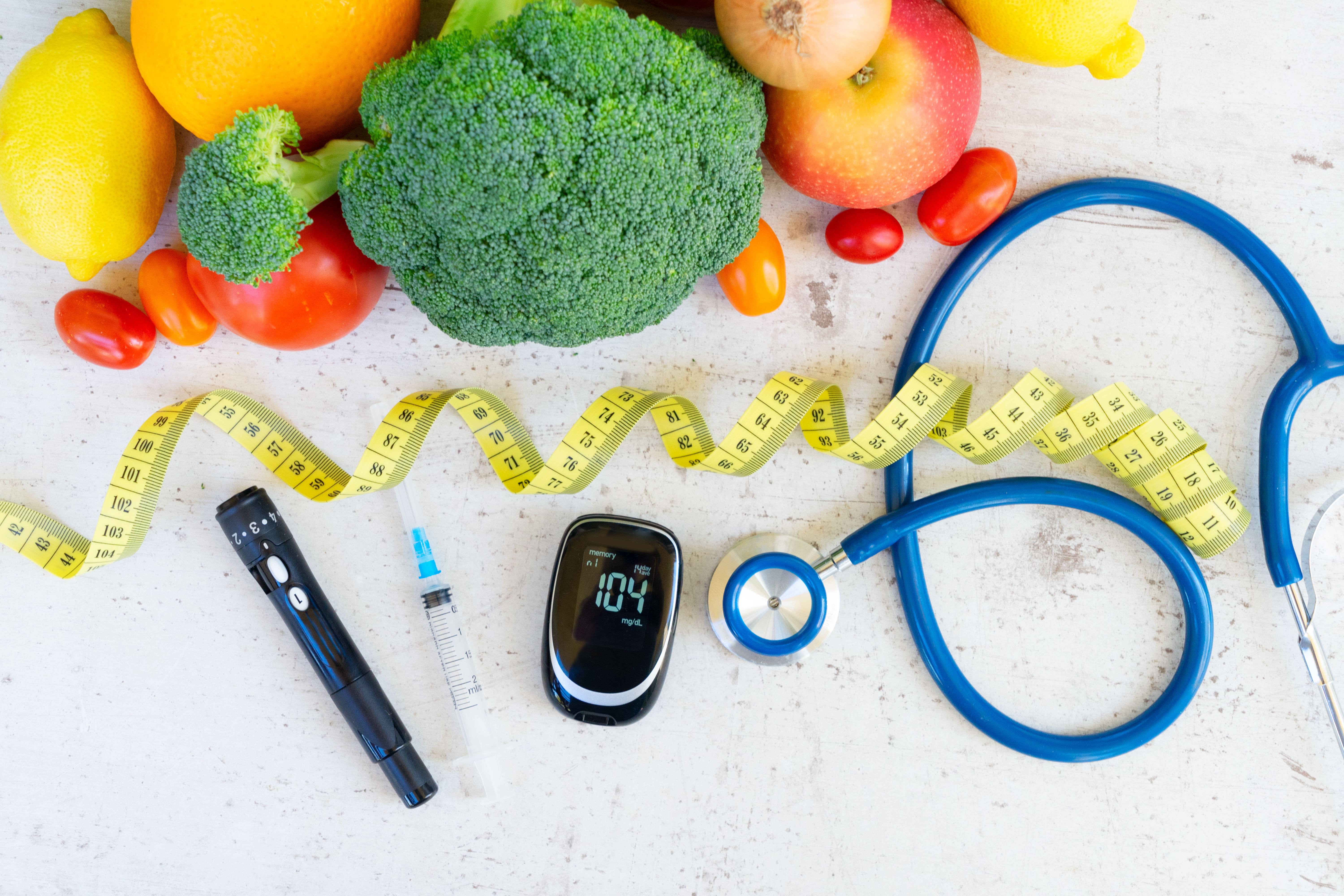Predicting Cost-Based Value for Diabetes Medications
Analysis determines the suggested value of medications for diabetes if they were closer to production costs.

In 2021, there were an estimated 537 million people living with diabetes, 90% of whom were living in low- and middle-income countries.1 As a result, it may come as no surprise that this is causing a financial burden on nations’ healthcare systems; in fact, health expenditures surrounding diabetes have actually tripled in the past 15 years.1
These costs are pertaining to insulin and new type 2 diabetes (T2D) treatments, which are more intricate than many may believe. For example, currently, sodium-glucose cotransporter 2 inhibitors (SGLT2Is) and glucagon-like peptide 1 agonists (GLP1As), are the suggested first-line treatment of T2D (other than using metformin) for patients who may be experiencing obesity or other cardiovascular risk factors.
Determining the prices of these medications is a fine art, as it involves having an understanding of the manufacturing costs, which can then help health systems negotiate with pharmaceutical manufacturers. To explore this further, a study published in JAMA Network Open1 sought to approximate the cost of producing insulins, GLP1As, and SGLT2Is; and develop sustainable cost-based prices (CBPs)—prices that would be expected in competitive markets (providing manufacturers with justifiable returns), while avoiding massive profit margins—and comparing these to current market prices.
Specifically, the study compared CBPs with the current lowest reported prices in 13 countries that used public databases to gather data from January 2023. It followed sections of the Consolidated Health Economic Evaluation Reporting Standards guideline, while including all insulins, SGLT2Is, GLP1As, and insulins approved by the FDA or European Medicines Agency in all available formulations.
When it came to insulin, results of an economic evaluation of manufacturing costs predicted that CBPs for treatment with insulin in a reusable pen device could be as low as $96 (human insulin) or $111 (insulin analogues) annually for a basal-bolus regimen. This would be $61 per year using twice-daily injections of mixed human insulin, and $50 (human insulin) or $72 (insulin analogues) per year for a once-daily basal insulin injection (for T2D), which includes the cost of needles and injection devices.
As for CBPs for SGLT2Is, the costs ranged from $1.30-$3.45 per month for SGLT2Is (besides canagliflozin, which was $25.00-$46.79), whereas GLP1As ranged from $0.75 to $72.49 per month. These CBPs were significantly lower than current prices in the 13 countries that were surveyed.
Of course, like other studies, this one did present various limitations. For instance, there are various facets of manufacturing costs that are not necessarily included in cost modeling, such as regulatory and legal costs; capital investments; and quality assurance and control. Also, the value of active pharmaceutical ingredients was based on international shipments’ reported values, which can result in an increase in the modeled product cost.
After analyzing the results, the authors concluded that, “…With a steadily increasing number of people living with diabetes requiring insulin, strategies must urgently be developed to reduce insulin prices and ensure affordable and reliable access in all parts of the world.
“…Given the potential for generic manufacture to substantially reduce prices and thus increase access to these treatments, mechanisms that enabled early generic manufacture in other diseases, such as HIV and hepatitis C, should also be considered for use in diabetes medicines.”
Reference
1. Barber MJ, Gotham D, Bygrave H, Cepuch C. Estimated Sustainable Cost-Based Prices for Diabetes Medicines. JAMA Netw Open. 2024;7(3):e243474. doi:10.1001/jamanetworkopen.2024.3474